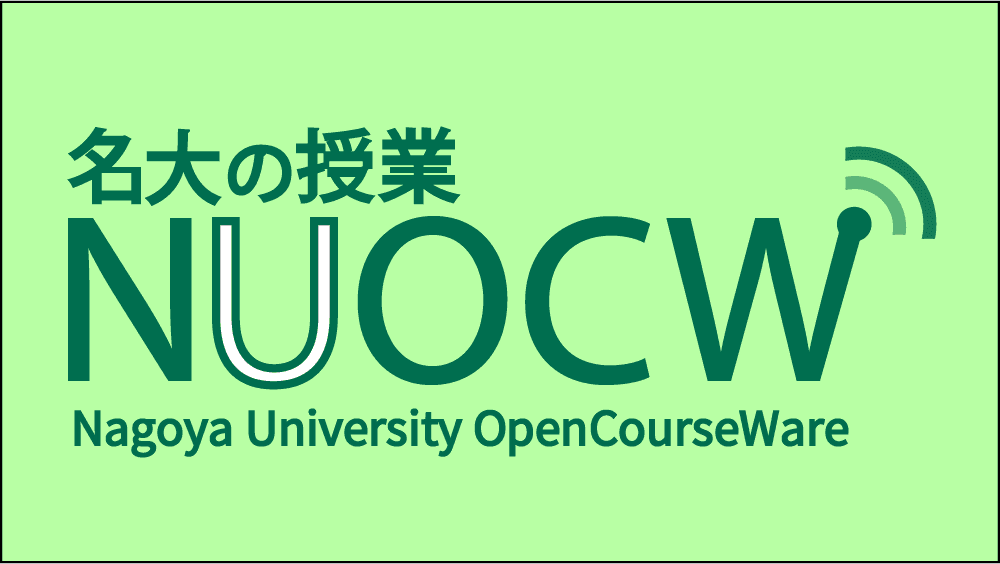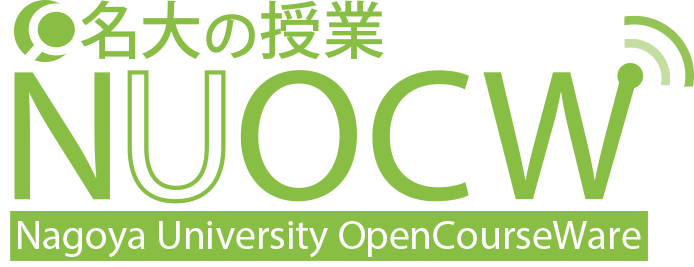Basic Seminar -- from Korean drama to Zainichi Pacchigi -- Considering Japan-Korea Relationship

| Lecturer | Masachika UKIBA, Professor |
|---|---|
| Department | Institute of Liberal Arts & Sciences, 2015 Spring |
| Recommended for: | All Nagoya University Students (2) |
Course Overview
A topic that is harder to understand than Korean culture itself, is the actuality of Koreans living in Japan. There are many reference materials discussing the issue, but reading them alone cannot deepen our understanding. Therefore, we are inviting students from Tohsyun Korean Elementary school in Kasugai, and having students attending this seminar guide them around the university campus. Also, we are inviting alumni of Korean schools and Koreans studying in Japanese universities to talk about their school life, career choices and their struggles over identity. By seeing the real condition of Koreans living in Japan, we should be able to realize how biased the media coverage on them is.
Key Features
Using Familiar Themes to Approach Culture Differences.
This course begins by deconstructing the symbolic images of "South Korea","North Kore" and "Zainichi Korean" (Korean Japanese people). Then, we will closely look at the similarities and differences between Korean and Japanese cultures, starting from familiar themes such as food culture, human relationships, romantic relationships, and entrance exam preparations. Therefore, I will frequently use TV dramas, movies, and programs that introduce Korea and the Zainichi Korean people as course materials.
Course Contents
- Lecture and Discussion (Please refer to Class Schedule)
- Usingthe library and internet to search for materials and references.
- Group presentations using Power point.
Course Aim
For people living in Japan, South Korea (Chousen=Pre-divided Korea) is a curious country which is "very similar" but "different" from Japan. In this course, we will examine what makes South Korea (Chousen=Pre-divided Korea) strange for us Japanese people, and also look at ourselves in the mirror from South Korea's (Chousen=Pre-divided Korea) point of view. Further, as a way to approach the deep historical relationship between Japan and South Korea (Chousen=Pre-divided Korea), this course aims to deepen our understanding of Zainichi (Korean Japanese) people living in Japan.
Course Activity
Active participation such as asking questions and discussing one's opinions is expected.
Textbook
N/A. Printouts will be distributed as needed.
Course Schedule
| Contents | |
|---|---|
| 4/16 | Orientation |
| 4/23 | Japanese and Koreans, what's the difference? From differences in verbal expression and body language. |
| 4/30 | Intense competition in entrance exams and a serious shortage in the job market |
| 5/7 | Modern day Confucianism: The conflict of Japanese brides in South Korea. |
| 5/14 | Koreans living in Japan and Japanese Society: The movie "Pacchigi" and its context. |
| 5/21 | Documentary viewing : Urinara - A year at the Aichi Korean Middle and High School dormitory |
| 5/28 | Guest talk: What are Korean Schools like? (Tentative Title) |
| 6/11 | Welcoming the students from Tohsyun Korean Elementary School |
| 6/18 | Presentation preparation (Dividing into groups)* |
| 6/25 | Presentation preparation |
| 7/2 | Presentation preparation |
| 7/9 | Presentation I |
| 7/16 | Presentation II |
*Choose the theme of the group presentation from the list below:
- Koreans living in Japan
- Korean schools and the tuition waiver problem.
- Zaitokukai, anti-Korean demonstrations, and hate speech.
Conduct a 90-minute self-study session with your group between June 18 and July 9.
Grading
- Attendance (15%)
- Contribution to class (15%, including homework submission)
- Presentation (40%)
- Report (30%)
Instead of regular examinations, reports will be assigned.
Last updated
April 29, 2020
